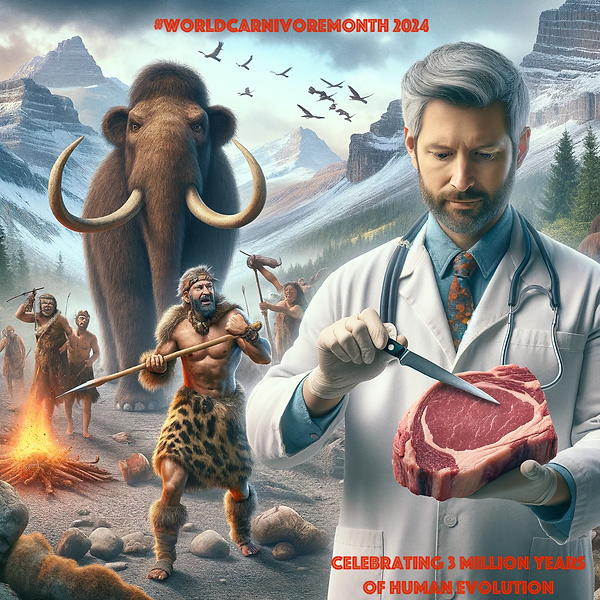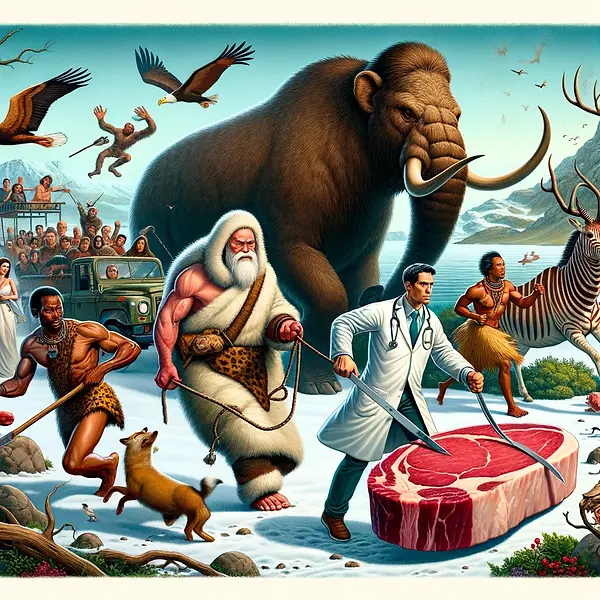


Title:
Infant Brain Development
Abstract:
[Survival of the fattest: the key to human brain evolution]
Details
https://pubmed.ncbi.nlm.nih.gov/16828044/
Abstract
The circumstances of human brain evolution are of central importance to accounting for human origins, yet are still poorly understood. Human evolution is usually portrayed as having occurred in a hot, dry climate in East Africa where the earliest human ancestors became bipedal and evolved tool-making skills and language while struggling to survive in a wooded or savannah environment. At least three points need to be recognised when constructing concepts of human brain evolution : (1) The human brain cannot develop normally without a reliable supply of several nutrients, notably docosahexaenoic acid, iodine and iron. (2) At term, the human fetus has about 13 % of body weight as fat, a key form of energy insurance supporting brain development that is not found in other primates. (3) The genome of humans and chimpanzees is <1 % different, so if they both evolved in essentially the same habitat, how did the human brain become so much larger, and how was its present-day nutritional vulnerability circumvented during 5-6 million years of hominid evolution ? The abundant presence of fish bones and shellfish remains in many African hominid fossil sites dating to 2 million years ago implies human ancestors commonly inhabited the shores, but this point is usually overlooked in conceptualizing how the human brain evolved. Shellfish, fish and shore-based animals and plants are the richest dietary sources of the key nutrients needed by the brain. Whether on the shores of lakes, marshes, rivers or the sea, the consumption of most shore-based foods requires no specialized skills or tools. The presence of key brain nutrients and a rich energy supply in shore-based foods would have provided the essential metabolic and nutritional support needed to gradually expand the hominid brain. Abundant availability of these foods also provided the time needed to develop and refine proto-human attributes that subsequently formed the basis of language, culture, tool making and hunting. The presence of body fat in human babies appears to be the product of a long period of sedentary, shore-based existence by the line of hominids destined to become humans, and became the unique solution to insuring a back-up fuel supply for the expanding hominid brain. Hence, survival of the fattest (babies) was the key to human brain evolution.
https://pubmed.ncbi.nlm.nih.gov/24928072/
Energetic and nutritional constraints on infant brain development: implications for brain expansion during human evolution
Stephen C Cunnane 1, Michael A Crawford 2
Affiliations expand
PMID: 24928072
Abstract
The human brain confronts two major challenges during its development: (i) meeting a very high energy requirement, and (ii) reliably accessing an adequate dietary source of specific brain selective nutrients needed for its structure and function. Implicitly, these energetic and nutritional constraints to normal brain development today would also have been constraints on human brain evolution. The energetic constraint was solved in large measure by the evolution in hominins of a unique and significant layer of body fat on the fetus starting during the third trimester of gestation. By providing fatty acids for ketone production that are needed as brain fuel, this fat layer supports the brain's high energy needs well into childhood. This fat layer also contains an important reserve of the brain selective omega-3 fatty acid, docosahexaenoic acid (DHA), not available in other primates. Foremost amongst the brain selective minerals are iodine and iron, with zinc, copper and selenium also being important. A shore-based diet, i.e., fish, molluscs, crustaceans, frogs, bird's eggs and aquatic plants, provides the richest known dietary sources of brain selective nutrients. Regular access to these foods by the early hominin lineage that evolved into humans would therefore have helped free the nutritional constraint on primate brain development and function. Inadequate dietary supply of brain selective nutrients still has a deleterious impact on human brain development on a global scale today, demonstrating the brain's ongoing vulnerability. The core of the shore-based paradigm of human brain evolution proposes that sustained access by certain groups of early Homo to freshwater and marine food resources would have helped surmount both the nutritional as well as the energetic constraints on mammalian brain development.
DOI: 10.1002/ajhb.20673
Abstract
Carlson and Kingston ([2007]: Am J Hum Biol 19:132-141) propose that preformed dietary docosahexaenoic acid (an omega-3 fatty acid in fish) did not have a significant role in hominin encephalization. Their position hinges on claiming that humans are able to make sufficient docosahexaenoic acid from the plant-based "parent" omega-3 fatty acid-alpha-linolenic acid. They also suggest that hominin fish consumption occurred too late to have materially influenced encephalization. The authors quantify here a summary of the published data showing that humans cannot make sufficient docosahexaenoic acid to maintain normal infant brain development. The authors also provide evidence that the fossil record shows that some of the earliest hominins were regularly consuming fish. Hence, we reject Carlson and Kingston's position and reiterate support for the concept that access to shore-based diets containing docosahexaenoic acid was necessary for hominin encephalization beyond the level seen in the great apes.
Hypothesis:
We'd expect ketogenic children to be the most attentive, most intelligent, most healthy, best natural weight.
We'd expect high fat diets to help children.
We'd expect children to return to ketosis quicker than adults.




